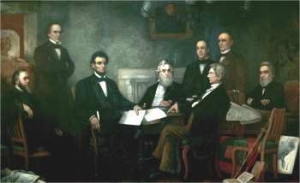Habeas Corpus and the Right to Effective Assistance of Counsel
My new article on habeas corpus and the right to effective assistance of counsel is now out: Bypassing Habeas: The Right to Effective Assistance Requires Earlier Supreme Court Intervention in Cases of Attorney Incompetence, 25 Fed. Sent. Rep. 110 (2012). Here is the abstract:
This article considers the interplay between habeas corpus law and the Sixth Amendment right to effective assistance of counsel. Certain peculiarities of federal habeas have given a schizophrenic character to recent Supreme Court decisions on ineffective assistance. At the same time that the Court has displayed a new willingness to extend Sixth Amendment protections to the plea-bargaining arena, the Court has also evinced a particular hostility to ineffective assistance claims arising in habeas. The present article identifies the roots of this schizophrenia in the Court’s 2000 decision in Williams v. Taylor. The Court’s trajectory from Williams to the present suggests that, absent a significant ideological makeover, the Court is unlikely in habeas cases to bring greater vigor and clarity to the right to effective assistance. The Court and advocates pushing the Court to adopt stronger Sixth Amendment protections should thus focus their efforts on cases emerging directly from state-court systems, rather than on collateral post-conviction challenges in federal court.

